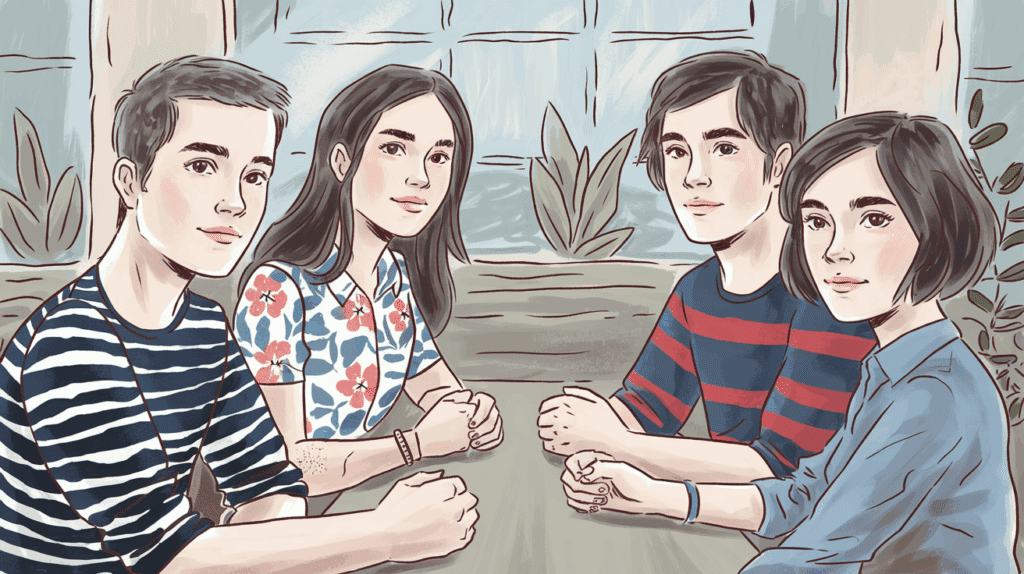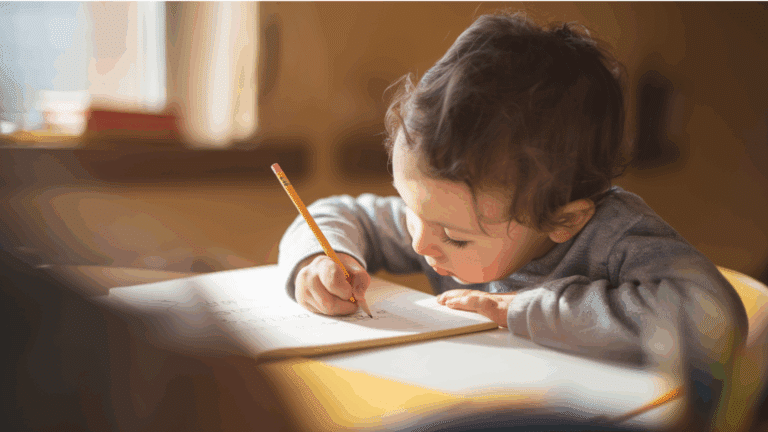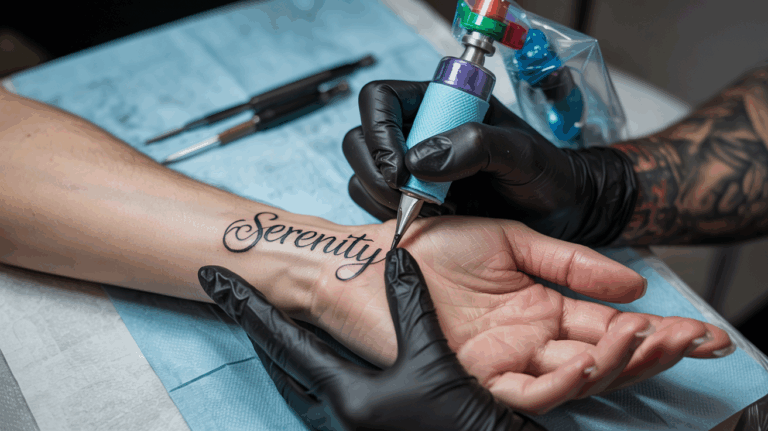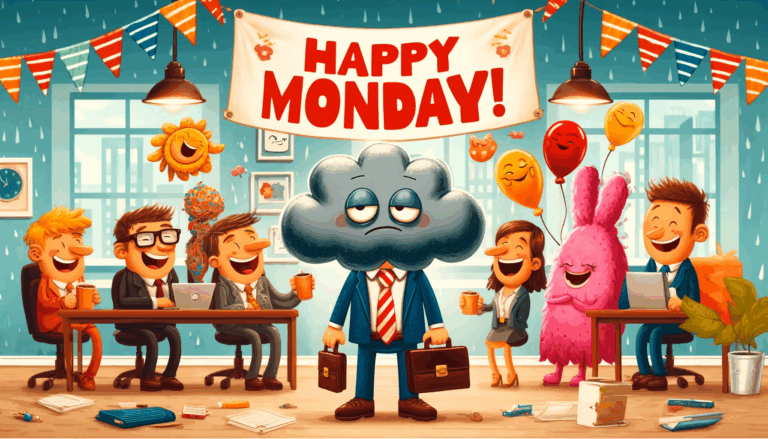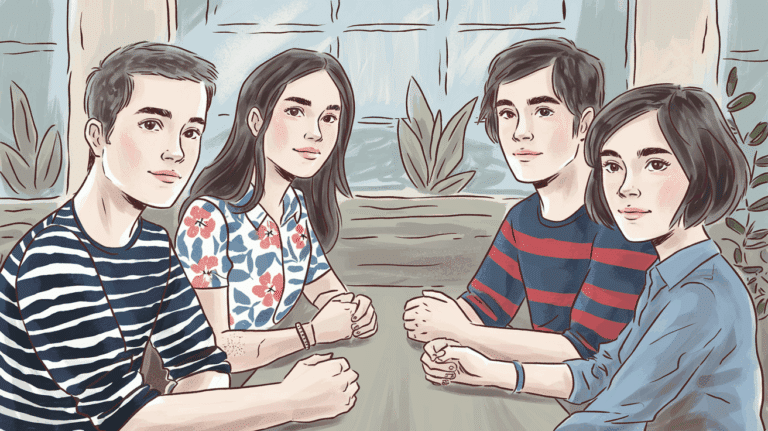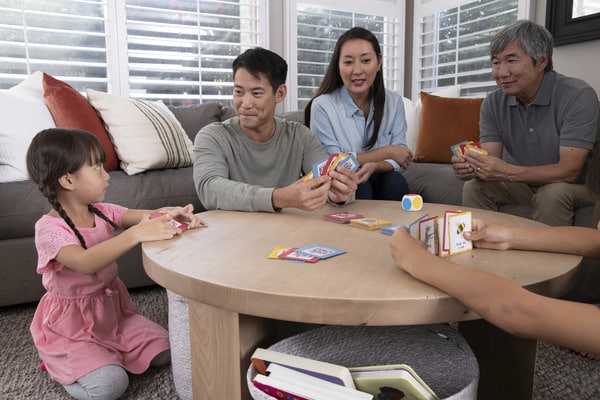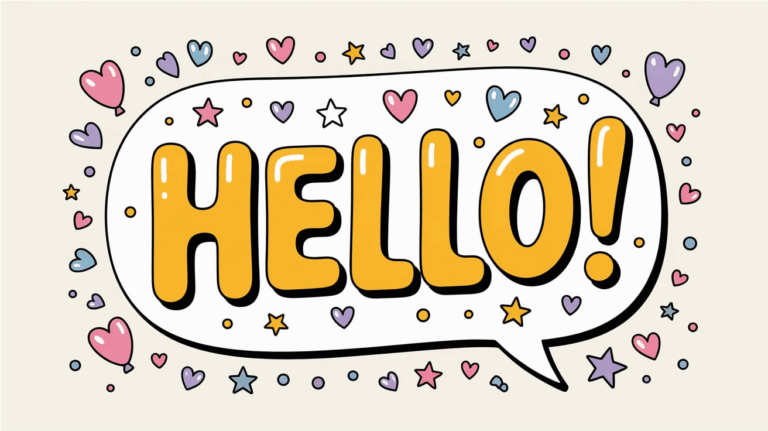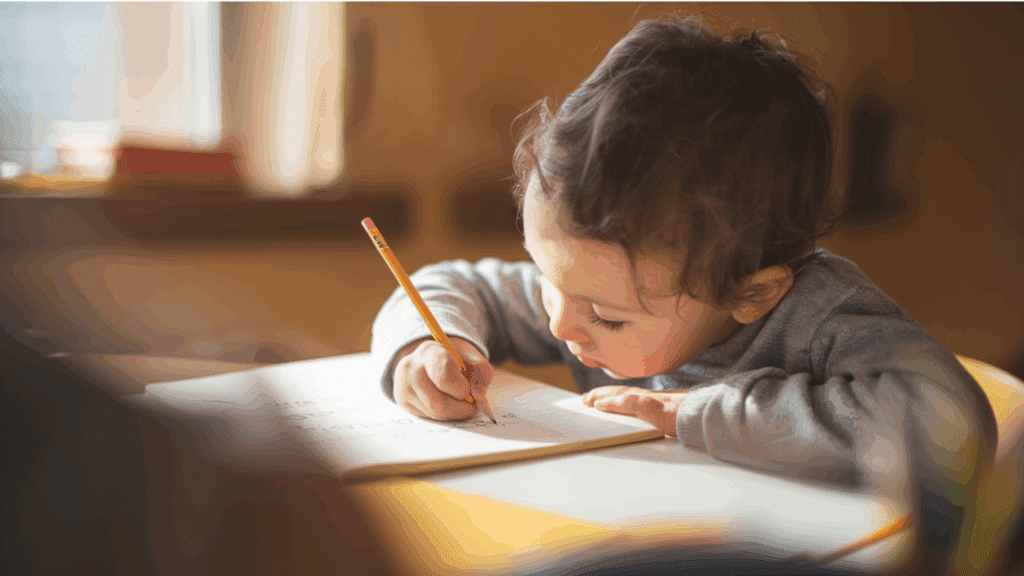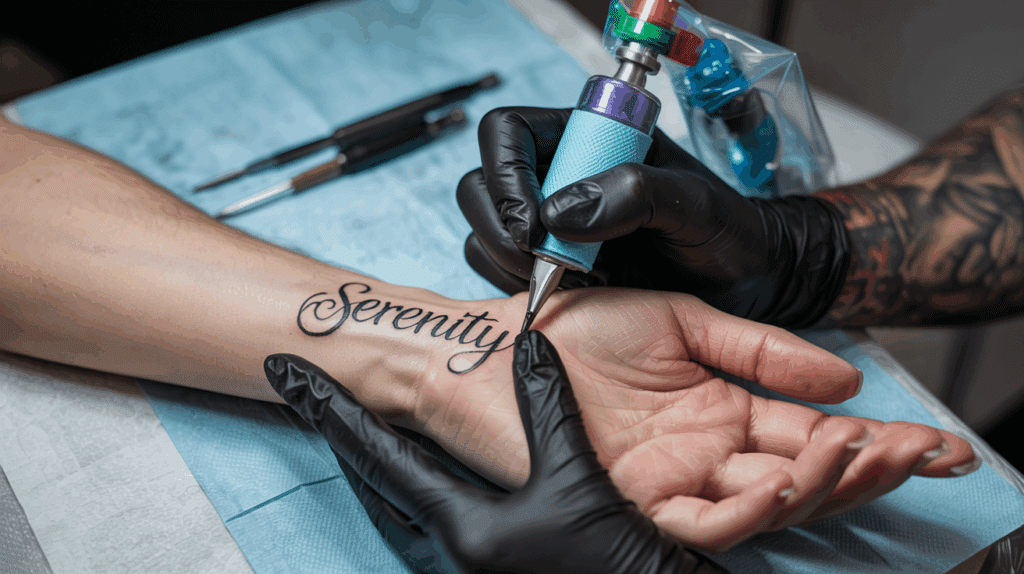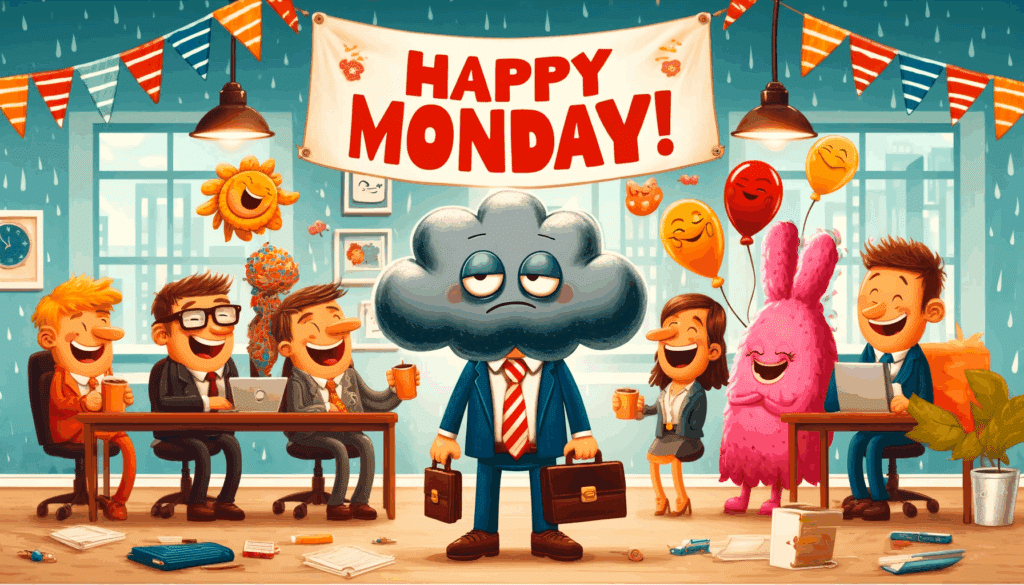Fights happen. Being a teen today means facing conflicts all the time , with friends, family, classmates, and even within yourself. It can feel overwhelming when arguments blow up, relationships crack, and nobody seems to understand your side.
We’ve seen countless teens struggle with the same problem: not knowing how to fix disagreements without making things worse. The stress builds up, affects your grades, and even messes with your sleep.
However, here’s something interesting: you can learn to handle conflicts in ways that actually strengthen your relationships. This guide shares real techniques that work in school hallways, at home, and online.
Ready to become the person who stays calm when everyone else loses their cool? Let’s talk about how you can master conflict resolution for teens, as well as peaceful solutions that work in real life.
Decoding Teen Conflict: Why Do Teens Fight?
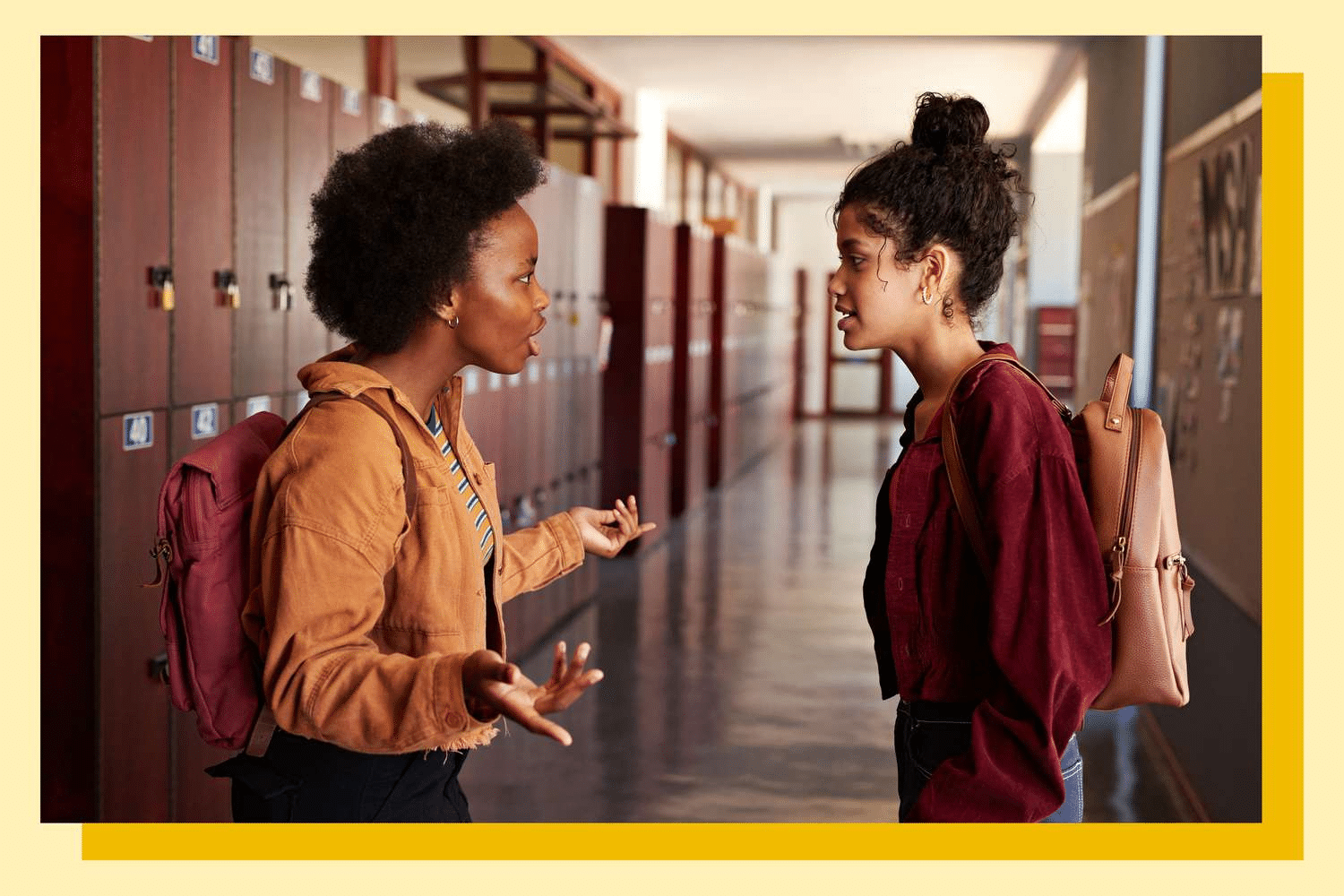
What makes teens argue and fight? Let’s look at the main causes that start conflicts in teen life.
- Misunderstandings happen a lot. Teens may hear something wrong or think a friend meant something bad when they didn’t. A simple text can be read in many ways without seeing someone’s face.
- Friend problems are big triggers. Who sits with whom at lunch, who gets invited to parties, and who hangs out with whom can cause hurt feelings. When friend groups change, fights often follow.
- Rumors and gossip spread fast in schools. False stories about someone can start big conflicts that are hard to fix.
- Social media issues have grown in recent years. Mean comments, unfriending, or posting photos without asking can upset teens quickly.
- Dating and crushes lead to many fights. When two people like the same person, or when breakups happen, emotions run high.
- Family stress affects how teens act with others. Problems at home can make teens more likely to get into conflicts elsewhere.
- Personal space matters to teens. When others touch their stuff, enter their room, or get too close, conflicts can start.
Knowing these triggers helps teens spot possible problems before they grow bigger. This awareness is the first step to better conflict solving.
How Unresolved Conflicts Affect Teens and Relationships

Unresolved conflicts can lead to heightened stress, anxiety, and emotional strain for teens, affecting their mental health.
These lingering issues can also damage relationships, creating distance and mistrust between friends, family, and peers.
Mental Health Impacts
Unresolved fights can cause teens to feel sad, anxious, or stressed. These hidden feelings might lead to trouble sleeping or loss of interest in favorite activities.
Physical Symptoms
The stress from ongoing conflicts can show up as real body problems. Many teens get headaches, stomach pain, or feel tired when carrying unresolved issues.
Damaged Friendships
Small arguments can grow into big problems when not fixed. Friend groups may split up, rumors might spread, and teens can end up feeling left out or alone.
Family Tension
When teens and family members don’t resolve fights, the home becomes stressful. Meals feel awkward, other family members may take sides, and teens often retreat to their rooms.
School Performance
Grades often drop when teens are focused on relationship problems. It’s hard to concentrate on schoolwork when thinking about conflicts with friends or family.
Social Development
Teens who don’t learn to work through conflicts miss important social skills. These unresolved issues can shape how they handle relationships as adults.
Trust Issues
Long-standing conflicts teach teens not to trust others. This can make it harder for them to form close bonds in the future.
Communication Patterns
Without learning healthy conflict resolution, teens may develop poor communication habits like shutting down, lashing out, or avoiding tough topics altogether.
How to Handle Online Conflicts and Social Media Disagreements
Online fights happen to everyone. When someone posts something that makes you upset, it’s normal to want to fire back right away. But taking a smart approach to these problems can save you a lot of stress.
First, take a little break before you type. Just wait five minutes when you feel angry about a post. This cooling-off time helps your brain think more clearly.
Ask yourself if this fight really matters. Many online problems seem big at first, but aren’t worth your time.
When you do answer, talk about your own feelings. Say “I feel this isn’t right” instead of “You’re wrong!” This small change makes people listen better. Try to find good facts too.
Many fights start because someone has the wrong information. You can share a helpful link that shows the right facts.
Be nice even if others aren’t. This is super hard, but it makes a big difference. You can still stand up for what you think without being mean. Some people online just love to argue. It’s okay to say “Let’s agree to disagree” and stop answering them.
Big problems are often better fixed in private messages, not public posts. And always think before you post – once it’s online, it stays there for a long time! Ask if you’d be okay with your family seeing what you wrote. If not, change it or don’t send it at all.
Following these simple steps can help you deal with online fights in a way that keeps your stress down and your friends list longer!
The 5-Step Formula for Conflict Resolution for Teens

The 5-Step Formula for conflict resolution for teens, Like a Pro, helps teens address disagreements with clarity and calm.
By focusing on listening, expressing feelings, finding common ground, compromising, and moving forward, teens can resolve conflicts effectively and maintain strong relationships.
1. Listen Carefully
The first step is to listen to the other person without interrupting. Focus on what they’re saying and try to understand their point of view. This shows respect and helps avoid misunderstandings.
Why it matters: Listening helps you understand how the other person feels and what they need, which can make finding a solution easier.
2. Express Your Feelings
After listening, it’s your turn to speak. Use “I feel” statements, like “I feel upset when…” instead of blaming the other person. This keeps the conversation respectful.
Why it matters: Using “I” statements helps you share your emotions without making the other person feel attacked, keeping things calm.
3. Find Things You Agree On
Look for areas where you both agree. Even if you’re in a conflict, there’s usually something you can both agree on. Finding common ground helps solve the problem.
Why it matters: Focusing on what you both agree on makes it easier to work together to solve the problem.
4. Be Willing to Compromise
Compromise means both sides give a little to find a solution. Be open to adjusting your views or plans to make things work for both of you.
Why it matters: Compromise helps everyone feel heard and can lead to a fair solution that works for both sides.
5. Move On
Once you’ve worked through the conflict, it’s important to let go of any hard feelings. If needed, apologize and focus on moving forward.
Why it matters: Holding onto anger or resentment can hurt relationships. Moving on keeps the peace and helps build stronger bonds.
This five-step plan is taught in many schools and has helped lots of teens fix their problems. When you learn these steps, you can use them with friends, family, and later at work.
The Bottom Line
Learning to handle conflicts well is a skill that will serve you throughout your life. The tools we’ve covered – from staying calm to finding solutions that work for everyone – can change how you deal with disagreements.
When you use these skills, you’ll notice your relationships getting stronger, not weaker, after conflicts. That’s the real magic of good conflict resolution.
What’s your next step? Try using just one technique from this guide the next time you face a disagreement. Start small and practice regularly.
Have questions or success stories about resolving conflicts? Leave a comment below!

